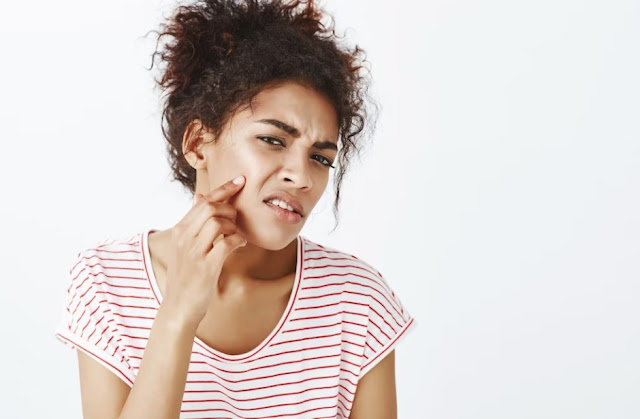Everyone wants to look their best, but unfortunately, aging, environmental factors, and other issues can take a toll on our skin's health and appearance. Fortunately, there are many ways to rejuvenate and revitalize the skin, from at-home skincare routines to professional treatments like microneedling.
Microneedling is a minimally invasive cosmetic procedure that uses tiny needles to create micro-injuries in the skin. While this may sound intimidating, the treatment is actually quite safe and effective, and offers a variety of benefits for those looking to achieve younger, healthier-looking skin.
In this article, we'll explore the many benefits of microneedling, including how it can help reduce the appearance of fine lines and wrinkles, minimize scars and stretch marks, and improve overall skin texture and tone. Visit this page for further information.
Benefits of Microneedling:
Reduces Fine Lines and Wrinkles
One of the most significant benefits of microneedling is its ability to reduce the appearance of fine lines and wrinkles. The tiny needles used in the procedure stimulate collagen production, which helps plump up the skin and improve its elasticity. This can lead to a reduction in the appearance of fine lines and wrinkles, as well as a more youthful, refreshed appearance.
Minimizes Scars and Stretch Marks
Microneedling can also be an effective treatment for scars and stretch marks. By creating tiny channels in the skin, the treatment can help break up scar tissue and stimulate the growth of new, healthy skin cells. This can lead to a reduction in the appearance of scars and stretch marks, as well as improved skin texture and tone.
Improves Skin Texture and Tone
Microneedling can also help improve overall skin texture and tone. By stimulating collagen production, the treatment can help tighten and firm the skin, as well as improve its overall texture and tone. This can lead to a more radiant, youthful-looking complexion.
Minimally Invasive
Another benefit of microneedling is that it is a minimally invasive treatment. Unlike more invasive procedures like surgery, there is no downtime required after microneedling, and most patients experience little to no discomfort during the procedure. This makes it a convenient and accessible option for anyone looking to improve the appearance of their skin.
FAQs:
Q: Is microneedling safe?
A: Yes, microneedling is a safe and effective cosmetic procedure when performed by a trained professional.
Q: How long does it take to see results from microneedling?
A: Results from microneedling can vary depending on the individual and the extent of the treatment, but most patients see results within a few weeks to a few months.
Q: Are there any side effects of microneedling?
A: Some patients may experience redness, swelling, or mild discomfort after microneedling, but these side effects are typically mild and temporary.
Conclusion:
If you're looking for a safe, effective way to rejuvenate your skin and achieve a more youthful, radiant appearance, microneedling may be just what you need. By stimulating collagen production and improving overall skin texture and tone, this minimally invasive treatment can help reduce the appearance of fine lines and wrinkles, minimize scars and stretch marks, and leave you with glowing, rejuvenated skin. So why not give it a try and see the incredible benefits of microneedling for yourself?






